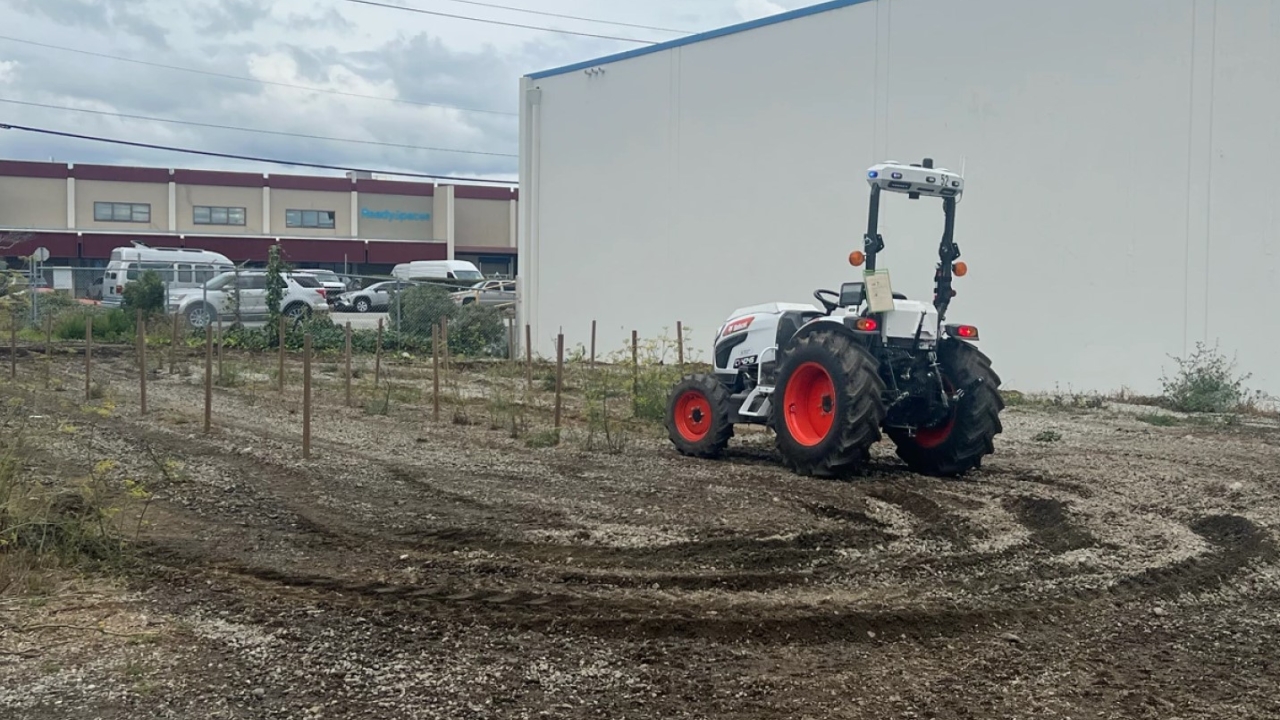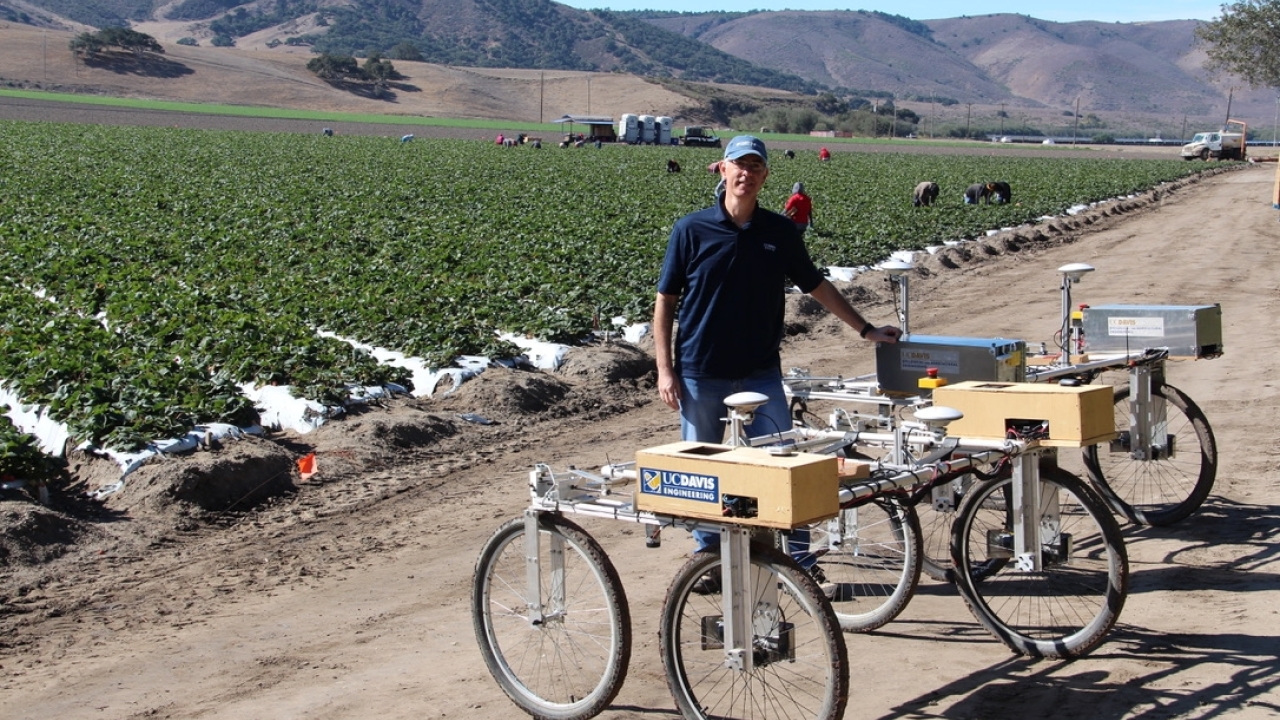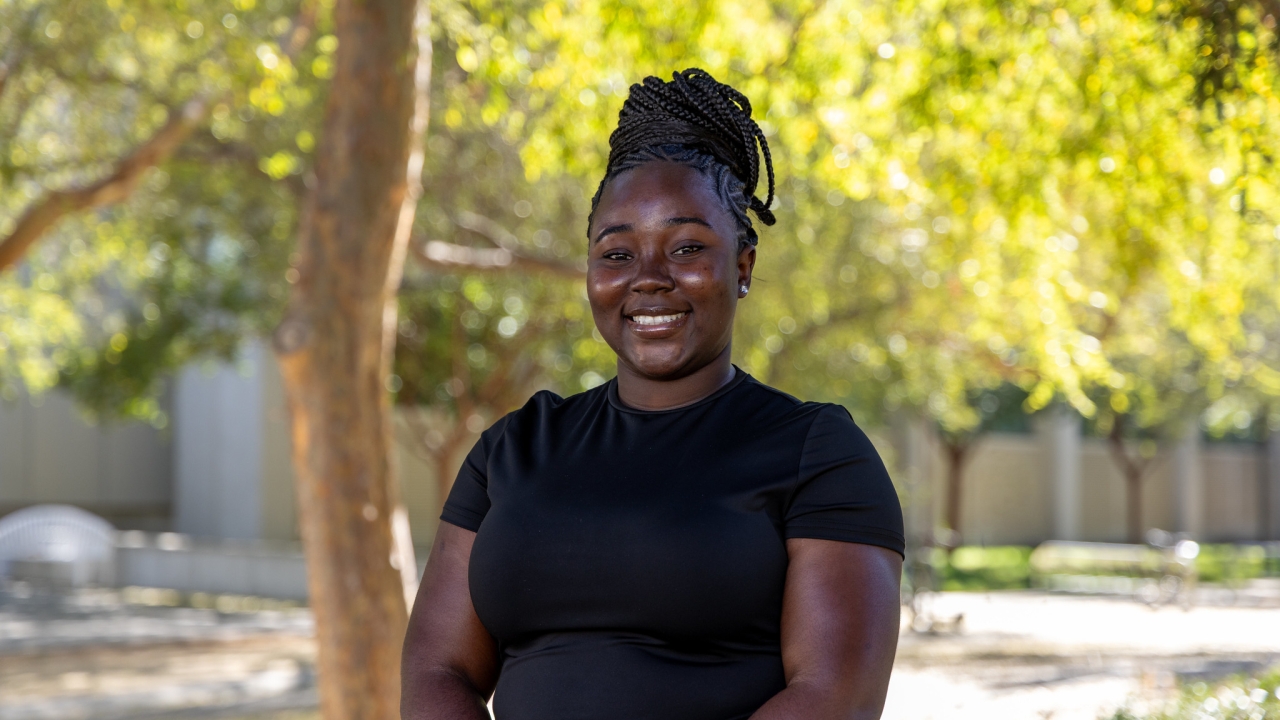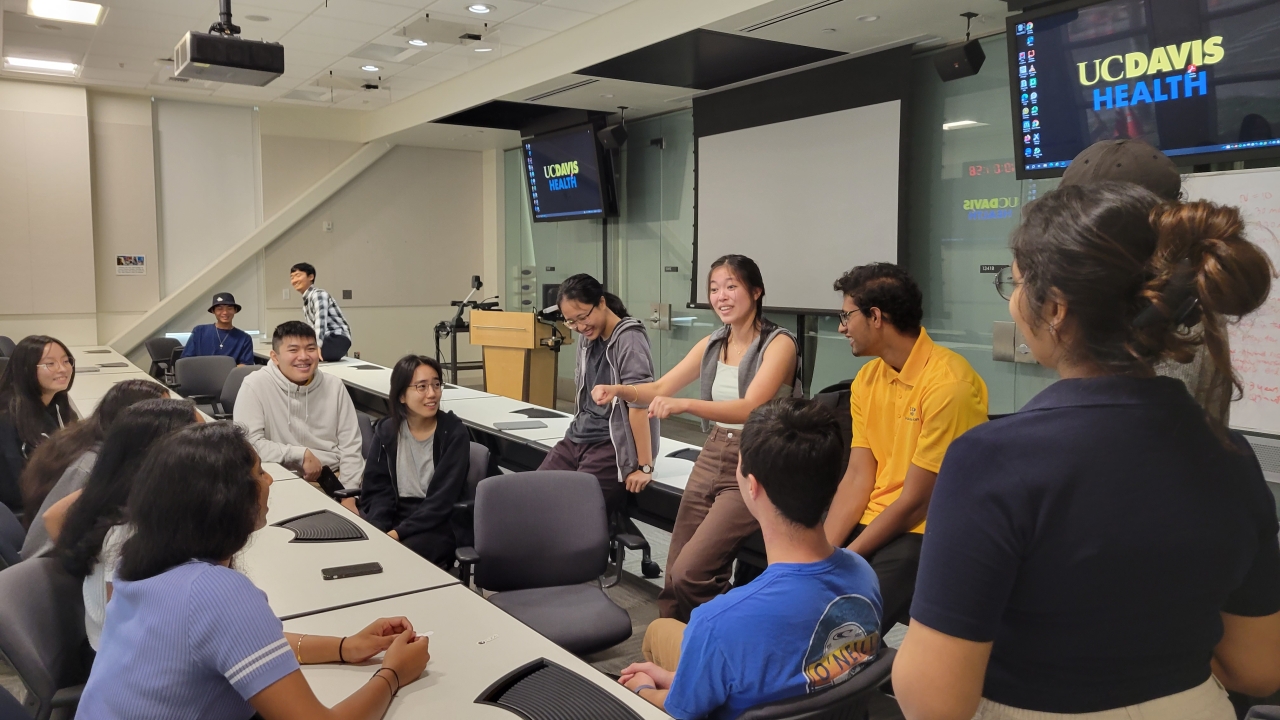
Immersive Biomedical Engineering Experience for Undergrads Now 'Whole Package'
The Department of Biomedical Engineering has coursed a triangle of clinical know-how, manufacturing ability and entrepreneurial skill for the redesign of its Quarter at Aggie Square Experience.
In a series of classes, undergraduate students now learn about entrepreneurship as it relates to biomedical startups and the principles of the manufacturing process, from device design to profitability, in addition to hands-on physiology exercises and clinical immersion opportunities at Aggie Square in Sacramento, California.
The idea is that, from knowing what types of care patients need firsthand to developing new medical devices from scratch and navigating the Food and Drug Administration's, or FDA, approval process with a sound business plan, each part supports and strengthens the others.
In particular, the new components reinforce the successful outcomes of the program's immersion curriculum, which has offered practical experience in meeting clinical needs with an applications-based perspective since 2021, such as students designing tools that solve medical issues. It also deepens its mission to prepare biomedical engineering students for a successful career in academia or industry.
"The redesign, particularly the inclusion of the entrepreneurial course, completes the whole package for students," said Xianglong Wang, the assistant professor of teaching in biomedical engineering who oversees the experience, called Biomedical Engineering at the Health Campus.
Quarter at Aggie Square is a program within the Office of Undergraduate Education at the University of California, Davis, that offers immersive learning opportunities in themed experiences to groups of 12-25 students.
Engineering with Entrepreneurship
The redesign's most prominent change is the addition of an entrepreneurial component. The idea to include it initially came from Aaron Anderson, the director of the Student Startup Center.
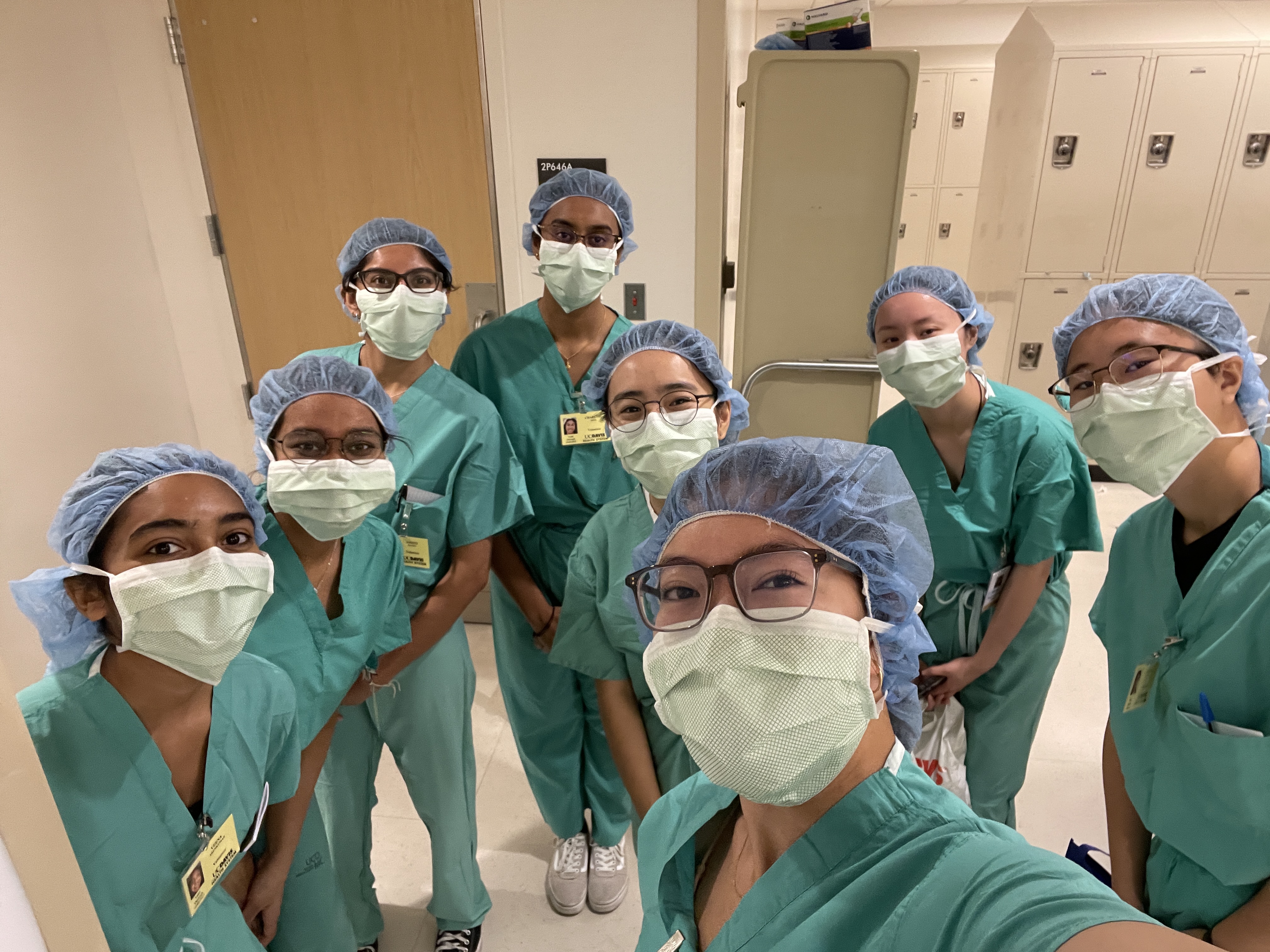
In a pitch to Wang and biomedical engineering department chair Steve George, Anderson suggested building a course around the Hacking for Defense curriculum, a university-level course sponsored by the U.S. Department of Defense. The course introduces lean startup principles, such as building a business around customer-tested hypotheses, by connecting students to real-world problems in national security.
Following the strength of Anderson's idea, Wang and the department began drafting a modified version of the class, which they dubbed Hacking for Healthcare. They also started a search for someone with the right expertise to lead it.
They quickly identified UC Davis alum Wenting Gao, who, after receiving her master's degree in 2009, successfully launched several biotechnology startups, including one built on a breakthrough by Aijun Wang, professor of biomedical engineering, and Diana Farmer, chair to the Department of Surgery at UC Davis Health. Gao's experiences as an entrepreneur in the industry greatly influenced the design and execution of the class.
Tailoring to a Specific Market
One of the biggest differentiating factors for entrepreneurship in biomedical devices is time, Gao explained. Unlike a phone application that can be coded within a few days and launched to the public in a few months, medical products can take up to ten years to reach the market.
This is due to the healthcare field's stricter regulations and requirements that ensure public safety. Every biomedical device has to undergo an extensive validation process with specific steps set out by the FDA. These regulations also increase the initial investment.
"It's conceivable that certain business ventures could launch with a seed fund between $10,000 to $15,000, especially those with low initial overhead or capital requirements," Gao said. "In the healthcare sector, the demand for substantial evidence supporting safety and efficacy makes such a seed fund insufficient for advancing to later phases."
Gao estimates that a medical device business needs somewhere between $70,000 to $100,000 to be successful. This larger funding pool covers the cost of studies, prototype refinement, obtaining patents, and pre-submission meetings with the FDA, to name but a few.
However, the benefit of the higher investment upfront is that there tends to be less market competition once the product is approved.
"Once a revolutionary medical device, drug or therapeutic solution receives FDA clearance or approval, it often establishes a competitive barrier," Gao said. "This is because potential competitors would need to invest considerable time, resources, and innovation to develop an alternative that surpasses the approved product's effectiveness."
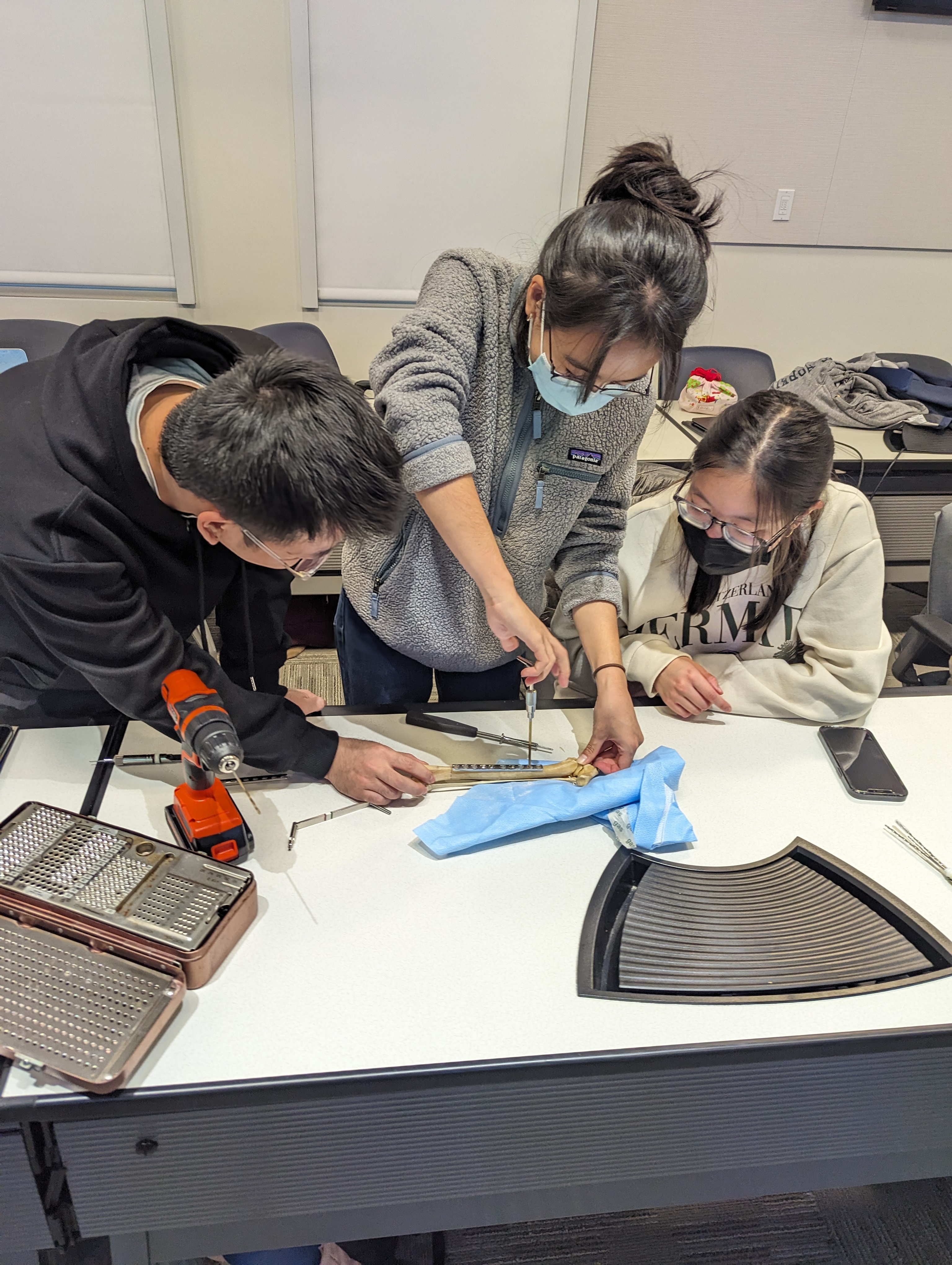
In her first class, in the fall of 2023, Gao wanted students to be acutely aware of these types of specific challenges and benefits entrepreneurs face in the biotechnology field.
She also aimed to teach students how to identify a compelling product to commercialize for a successful startup. To simplify the process for her students, Gao had them select from a portfolio of prototypes already designed by professors within the University of California system, including those at UC Davis, UC Irvine, UCSF, UC San Diego, UC Berkeley, UCLA and UC Riverside.
For each identified prototype, the students talked with 100 individuals — potential customers and investors, UC innovators and scientific experts, among others — to pitch the idea and gather feedback. They used the results of these conversations to validate their hypotheses and pinpoint the prototype that was the most promising to build a company around, a process that defines the lean startup method.
"In the biomedical devices industry, the profitability of your device and the people who will pay for your device are such important questions to ask", said Wang. "This course enhances students' business and entrepreneur skills; it also strengthens students' ability to consider stakeholders when they are performing engineering design."
In addition, the students worked on market entry and strategic deployment plans to best set themselves up for a prototype that met FDA regulations.
The Role of Manufacturing
An emphasis on manufacturing is another significant change to the biomedical engineering experience through Quarter at Aggie Square. Wang explained that they simplified a previous course about business principles in the biomedical device sector to home in on the basics of manufacturing and engineering design.
The course is taught by Don Chigazola, a retired director of operations for Medtronic, a medical device production company. Chigazola also sits on the external advisory board for the biomedical engineering department at UC Davis.
His course covers medical device design and its impact on manufacturing operations. It also introduces students to the medical device design process and product lifecycle.
"Don's course gives our students a unique industrial approach to the design and manufacturing of biomedical devices and facilitates an easier transition between undergraduate education and work in the biomedical device industry," Wang said.
The biomedical engineering experience through Quarter at Aggie Square resumes in fall 2024.


